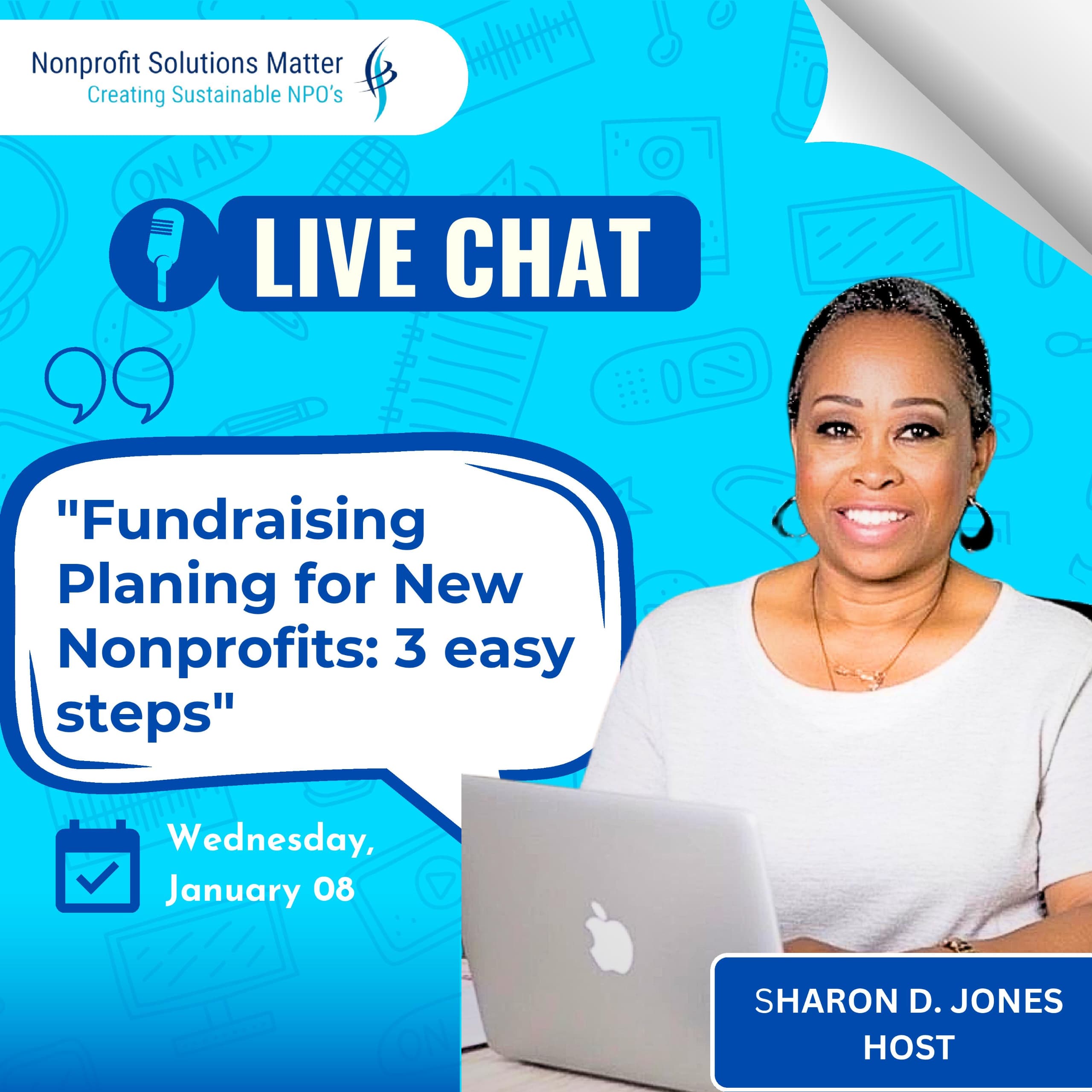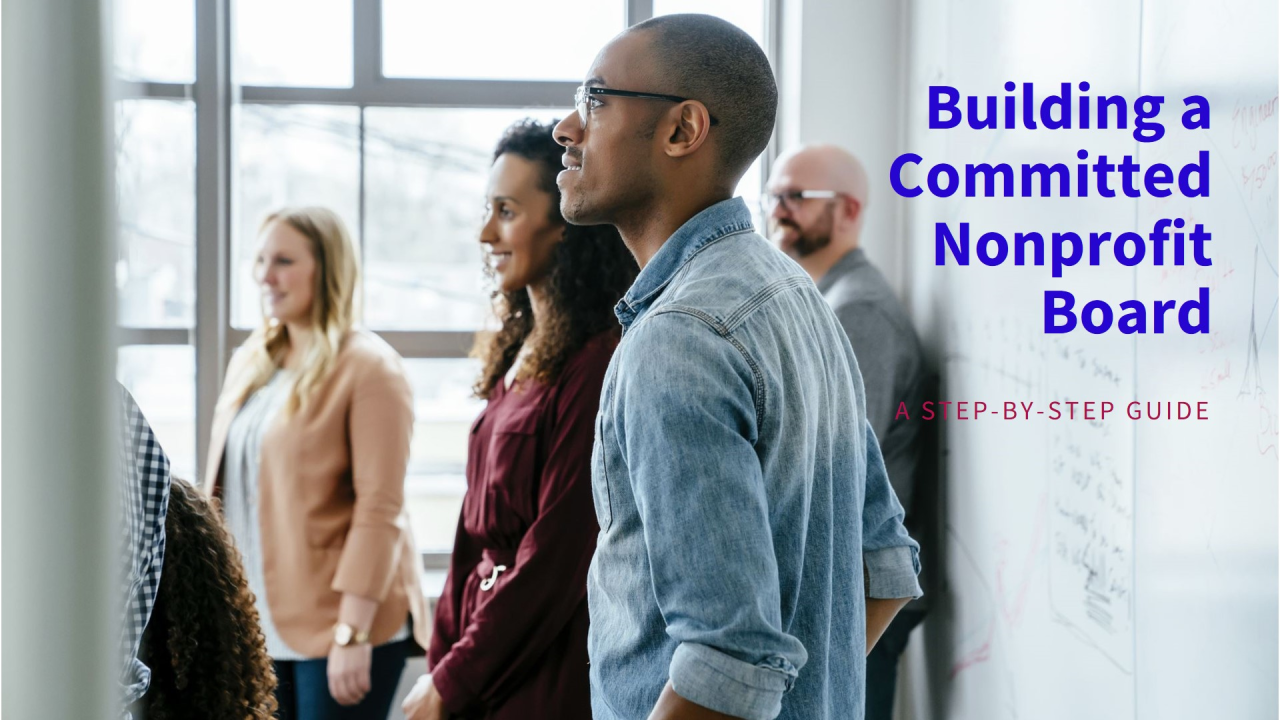Empowering Your Board Through Strategic Planning
Today, I want to dive into an essential topic for any nonprofit looking to thrive: building your board’s capacity through strategic planning.
Last week, we explored how to strengthen your board's ability to support fundraising and organizational growth. We identified seven key steps for capacity building, starting with board assessment, where you evaluate individual members and the board as a whole. This helps you spot gaps and guide your board members effectively.
Next, we discussed board re-engagement, a process for reigniting commitment from valuable board members who can still contribute meaningfully. Following that, we touched on recruiting quality board members to fill gaps and strengthen your team.
Today, I want to focus on the next crucial step: strategic planning. You've got your old board members re-engaged and maybe even recruited new ones—now what? How do you move forward and ensure everyone is aligned and ready to execute the organization’s mission? This is where strategic planning plays a pivotal role.
Why Strategic Planning Is Essential
Strategic planning is a game-changer for nonprofits. Organizations that skip this step often struggle. Some make the mistake of outsourcing the creation of a business plan without involving their board, thinking it’s enough to have a professional handle it. Others might create a plan in isolation, hoping the board will just follow along. Both approaches fall short.
When you sideline your board in the planning process, you risk having a plan that no one owns—or worse, a plan that never gets executed. To get your board committed, they need to plan with you. Even if they don’t write every detail, they need to review and have a say in the process. Why? Because when people are part of the plan, they feel responsible for its success.
The truth is, those who plan together, execute together. Bringing everyone to the table—old members, new members, staff, and even key community stakeholders—ensures that you’re working from a shared vision. It creates alignment, so the entire team understands what the organization is doing, why they’re doing it, and how they can contribute to making it happen.
The Power of Inclusion
Strategic planning is also a fantastic opportunity to blend new and old board members, combining fresh ideas with institutional knowledge. It ensures that everyone is on the same page, whether you’re planning for the next year or the next five years. Missing this step? You’ll be missing out on motivation, enthusiasm, and clarity that are crucial to driving your nonprofit forward.
And remember, planning doesn’t stop with your board. Including your community—those you serve, the gatekeepers, and stakeholders—can open doors you didn’t even know existed. When these groups are involved from the start, they’re more likely to support you down the road, whether through fundraising or advocacy. Don’t be that nonprofit that only calls on the community when you need money. Engage them early and often through strategic planning, and you’ll build a stronger, more sustainable organization.
What Does Strategic Planning Actually Look Like?
At its core, strategic planning is about defining the future of your organization. It helps you clarify your mission, vision, goals, and the steps required to achieve them. You’re setting the roadmap for where your nonprofit is headed and what resources you need to get there.
Here’s where a facilitator can be incredibly valuable. Why? Because sometimes we’re too close to our own ideas to see the big picture. A skilled facilitator can push your board beyond surface-level solutions and help you identify the root causes of the challenges you’re addressing. It’s easy to focus on symptoms, but real strategic planning tackles the deeper issues at hand.
Key Components of a Strategic Plan
Now, let’s talk about the nuts and bolts. A comprehensive strategic plan typically includes 12 key components:
1. Letter from the President or Founder: A personalized introduction that sets the tone for the plan and calls readers to action.
2. Executive Summary: A concise summary of the entire plan, written after the plan is fully developed.
3. Organizational Profile: This section defines your mission, vision, goals, core values, and ethics. It’s essential that everyone—board members, staff, and stakeholders—contributes to shaping this profile.
4. Community Profile: Who are you serving? What are their challenges? This part clearly outlines the needs of your community and why your work matters.
5. Programs: Here, you list and detail your organization's programs—what they are, their impact, the resources needed, and timelines for execution. This ensures your programs are developed to address the root problems, not just symptoms.
6. Human Resources: This section covers the people needed to run the organization—from board members to volunteers—along with their roles, salaries, and timelines.
7. Marketing: How do you plan to get the word out? Define your strategies for marketing your organization and its programs.
8. Partnerships: Identify potential partners—brands, organizations, community leaders—who can help you succeed.
9. Fundraising: Outline how you’ll raise the money needed to keep your organization running. This includes strategies, costs, and step-by-step plans for execution.
10. Tools and Resources Creation: Identify the infrastructure and tools you’ll need to run your nonprofit efficiently—whether it’s a website, social media platforms, project management software, or handbooks for staff and volunteers.
11. Action Plan: This is your roadmap. It breaks down the specific steps needed to implement your strategic plan, with responsibilities assigned to individuals or committees.
And finally, Budgeting ties it all together. Every plan needs a financial blueprint that captures the costs associated with each part of your strategy.
In Conclusion
Strategic planning is not just a formality—it’s the backbone of a successful nonprofit. Without it, your board may lack the motivation, direction, and alignment they need to truly support your mission. With a strong plan, built together, your board will be empowered to lead, fundraise, and advocate for your organization with confidence and enthusiasm.
So, if you haven’t already, it’s time to gather your board, your community, and your stakeholders around the table. Create that plan together, and you’ll set the stage for success. If you need support facilitating the process, don’t hesitate to reach out—there’s nothing more powerful than a well-crafted strategic plan to elevate your nonprofit.
Here’s to your next steps, and I look forward to seeing your organization thrive!
https://calendly.com/solutionsmatter/freeassessment
Rooney Akpesiri is the Vice President of Client Services, Solutions Matter LLC























































